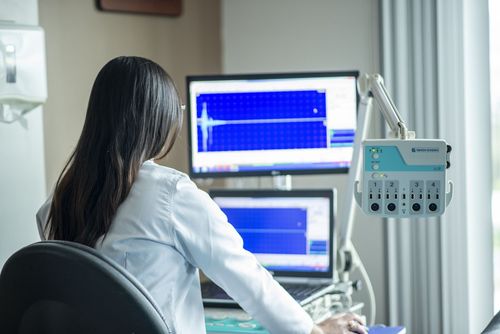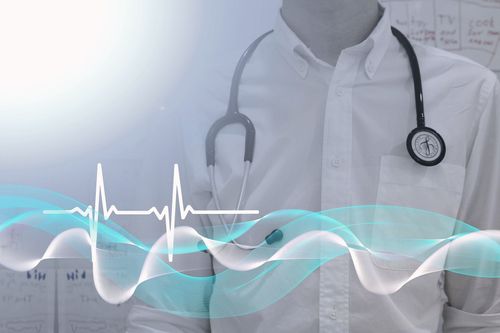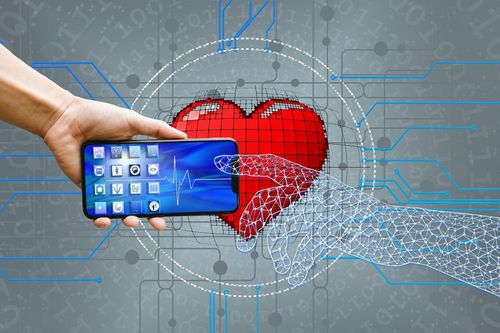Wearable Technology in Healthcare Then and Now
There is a growing demand for health tracking devices. The novel coronavirus pandemic has contributed to the significant rise of the remote clinical monitoring and boosted development of wearable technology in the healthcare industry. From simple gadgets to advanced devices and implants, new health monitoring devices have been gaining popularity not only with patients and medical facilities but also with regular people who are concerned about their health and wellness.
There was a substantial increase in wearable devices in the early 2000s. In 2003 Garmin launched their first smartwatch. This device was dedicated to runners and used the GPS technology in order to measure speed, distance, pace, and calories burned. Almost a decade later, Nike released a wristband, which was a steps-tracking device, and Sony introduced the first smartwatch. However, with the development of smartphones and the variety of possibilities they offered, these devices became the consumer gadget of choice.
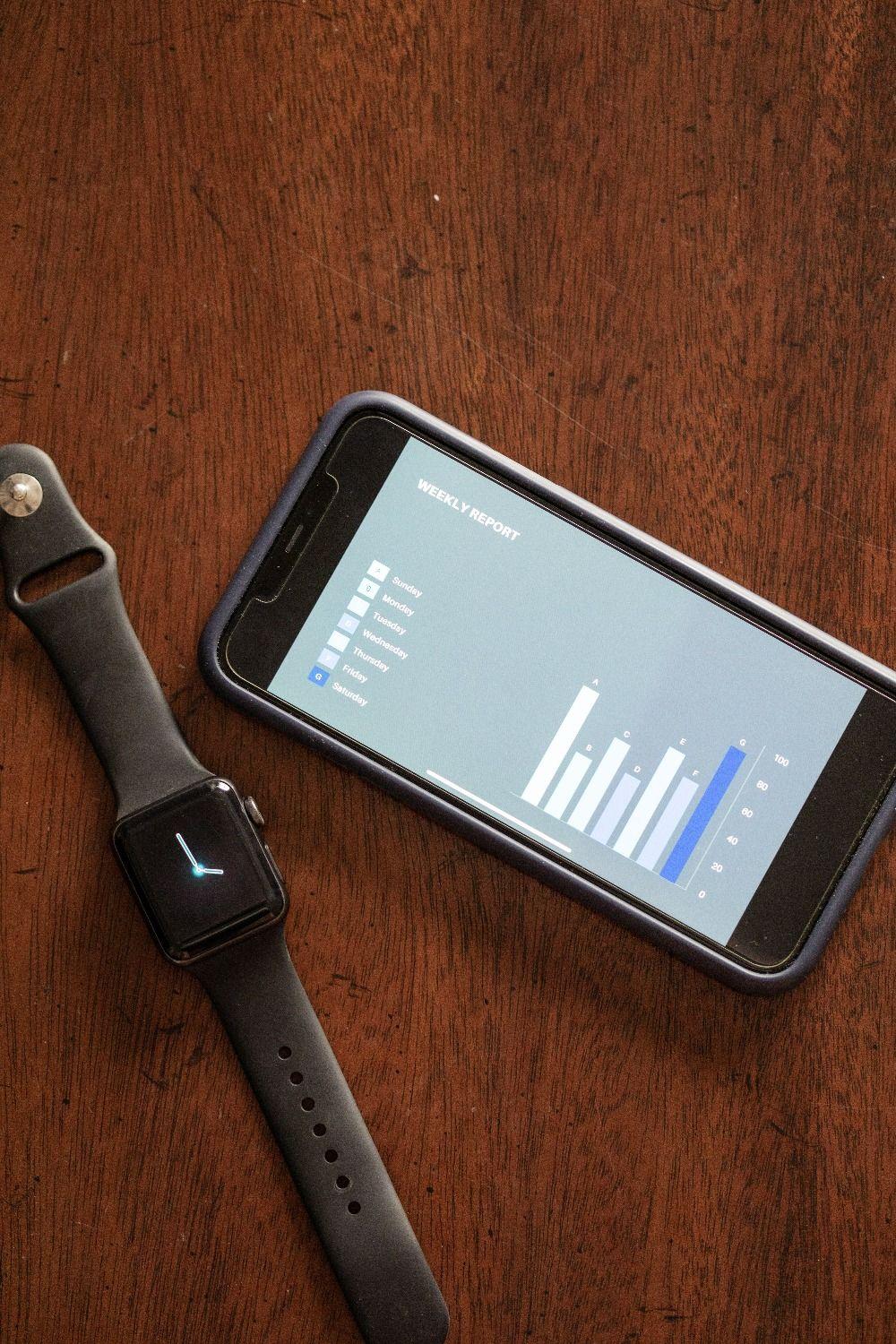
Today, after the introduction of the Apple watch, we observe that wearable devices again started to gain momentum as they became an indispensable part of our daily life. The reason for this is the range of features that such technology offers and how it changes and facilitates the lives of many people without restricting their mobility. Medical facilities have been incorporating variety of remote patient monitoring devices which enable them to control patients' health from their own home. These devices help to treat acute and chronic conditions as well as prevent health complications and allow medics to react quickly to the occurring symptoms.
The popularity of the wearable devices in healthcare has been increasing day by day. Here are examples of wearable health technology:
Health and Fitness Trackers
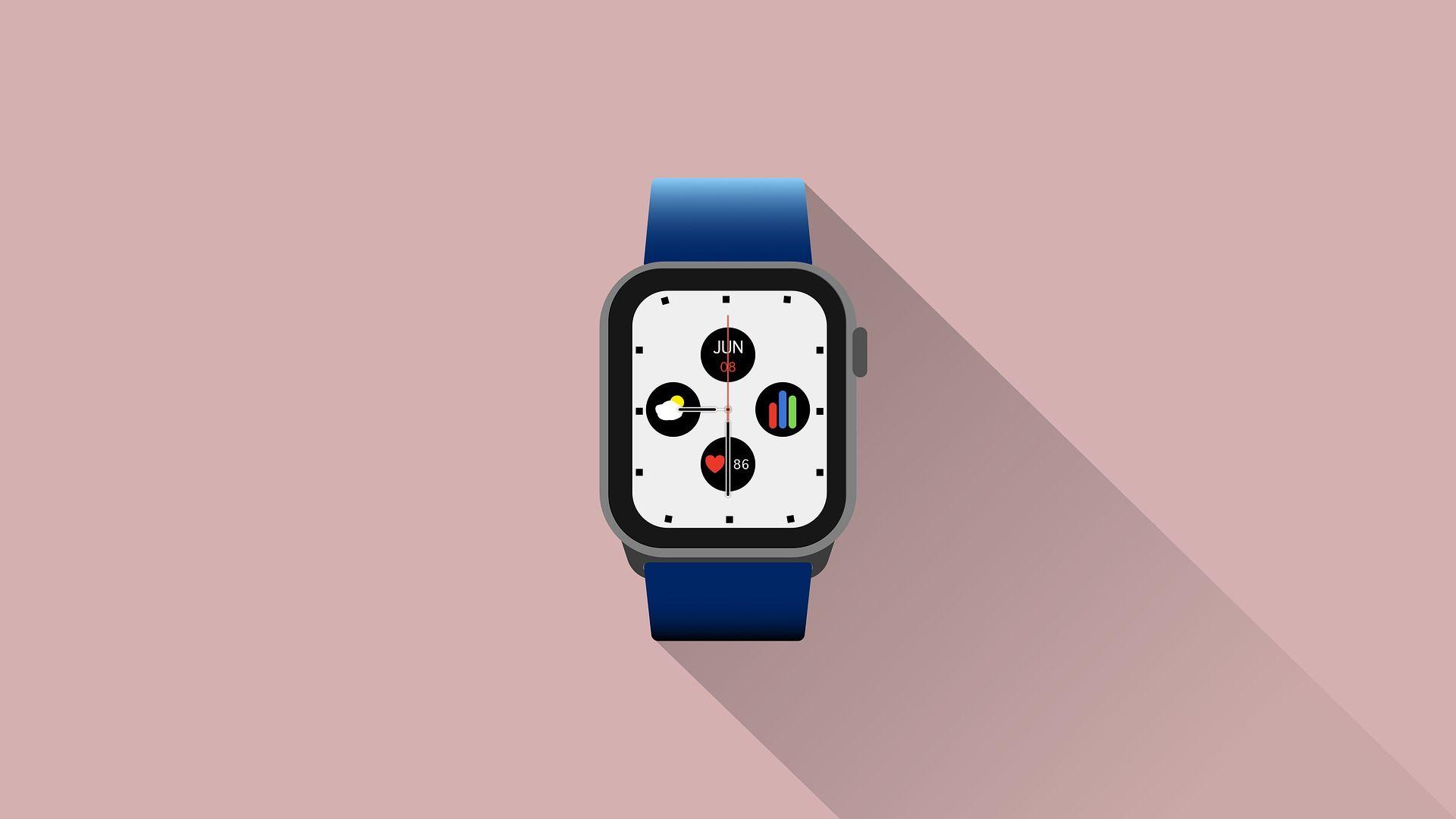
These devices need no introduction. Fitness trackers, used by many, offer instant access to information about you heart rate, activity, sleep tracking, the number of steps you took. More advanced devices can show you such medical data as your blood oxygen levels and suggest personalized workout program to help improve your condition, meet all your goals and stay on top of your health.
Advanced Care and Alert Portable Telemedical Monitor (AMON)
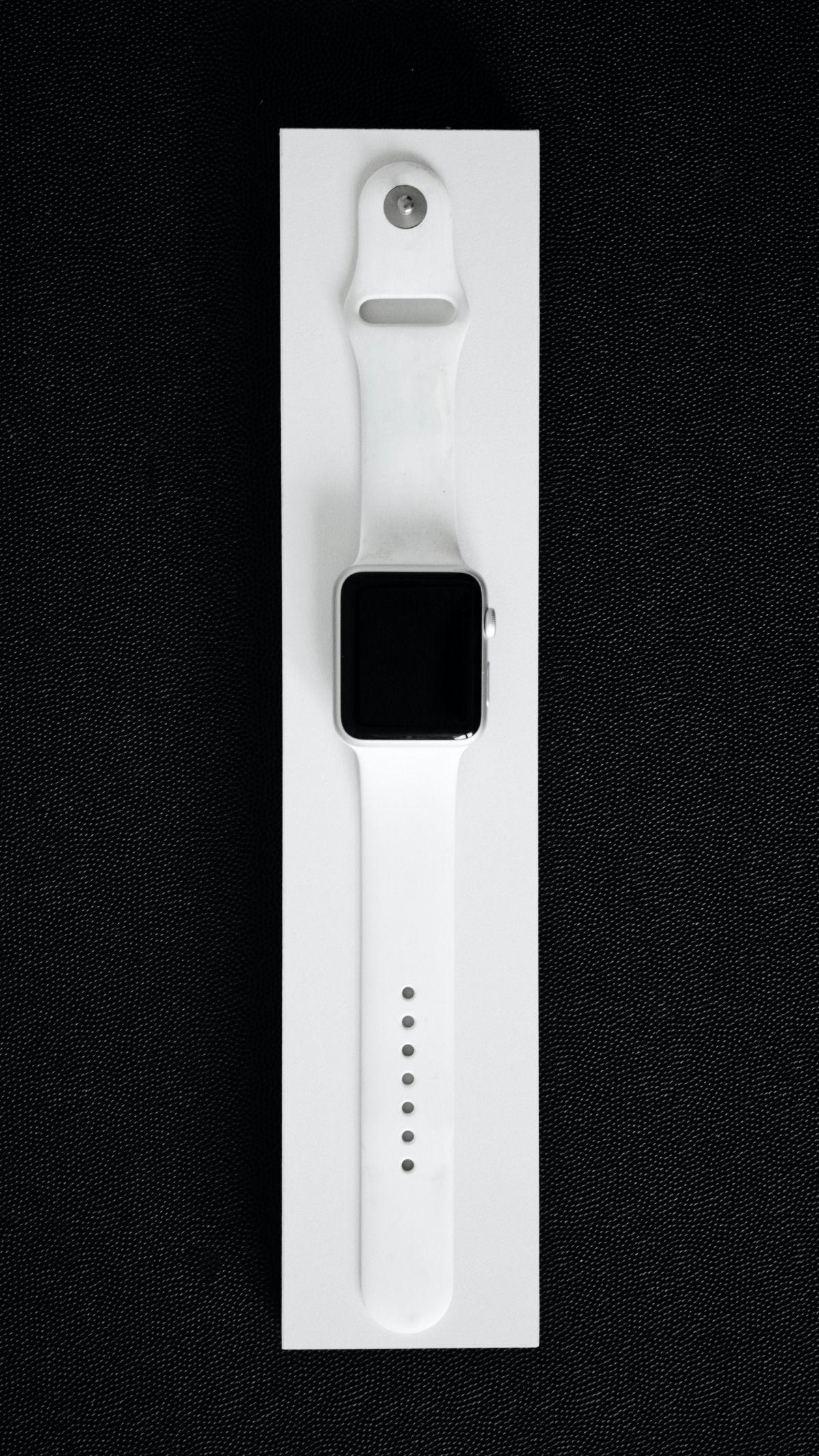
A wrist-worn device dedicated to high-risk cardiac and respiratory patients, which collects and evaluates vital signs, detects medical emergency and in the urgent cases connects the patient with their medical facility. AMON enables continuous control of patient's parameters without interfering with their everyday activities.
Continuous Glucose Monitoring (CGM)
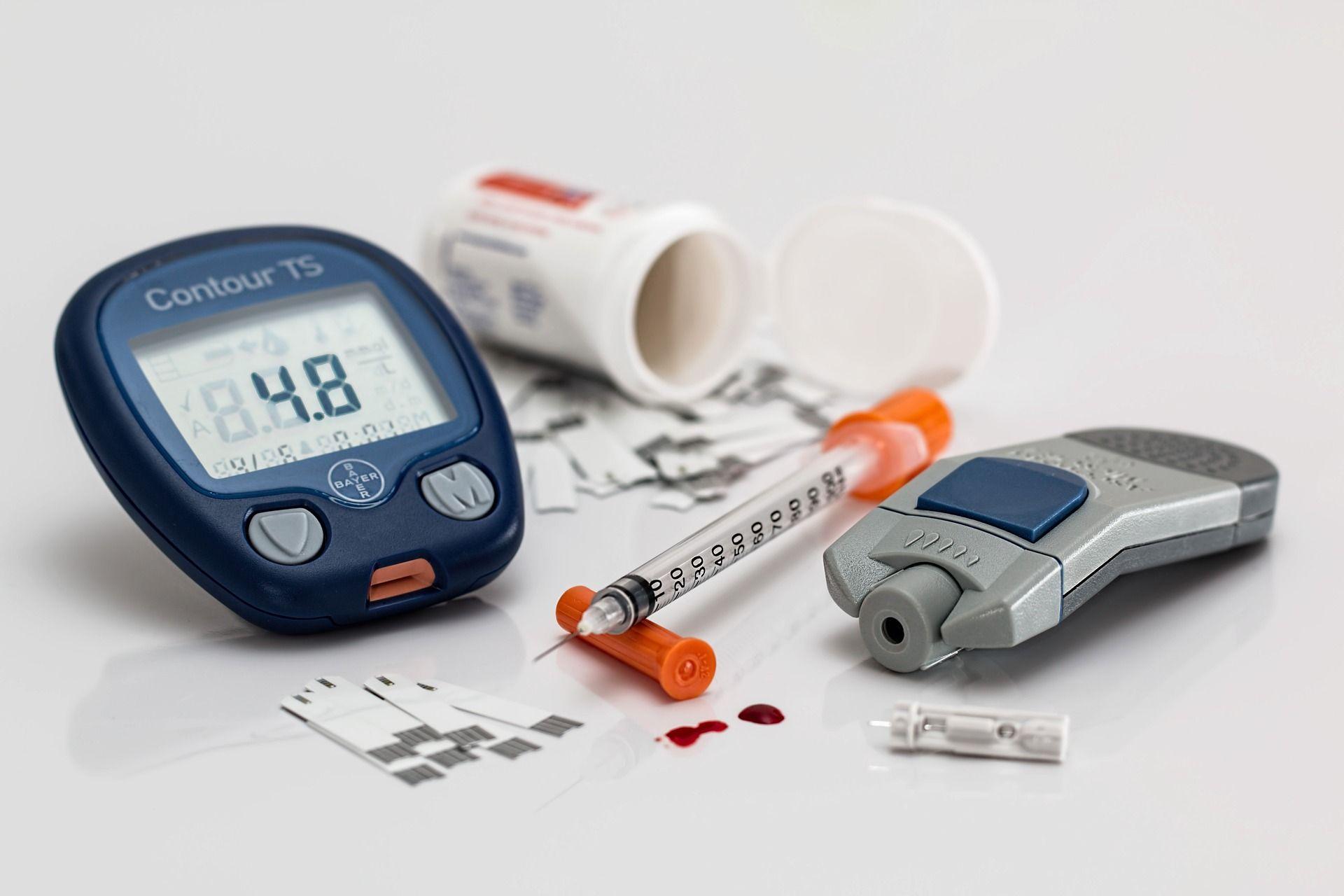
It is a device which automatically tracks the level of blood sugar. A small sensor inserted under the patient's skin constantly sends information to the data receiver and allows you to control your glucose level in real time and take appropriate action.
Blood Pressure Monitors
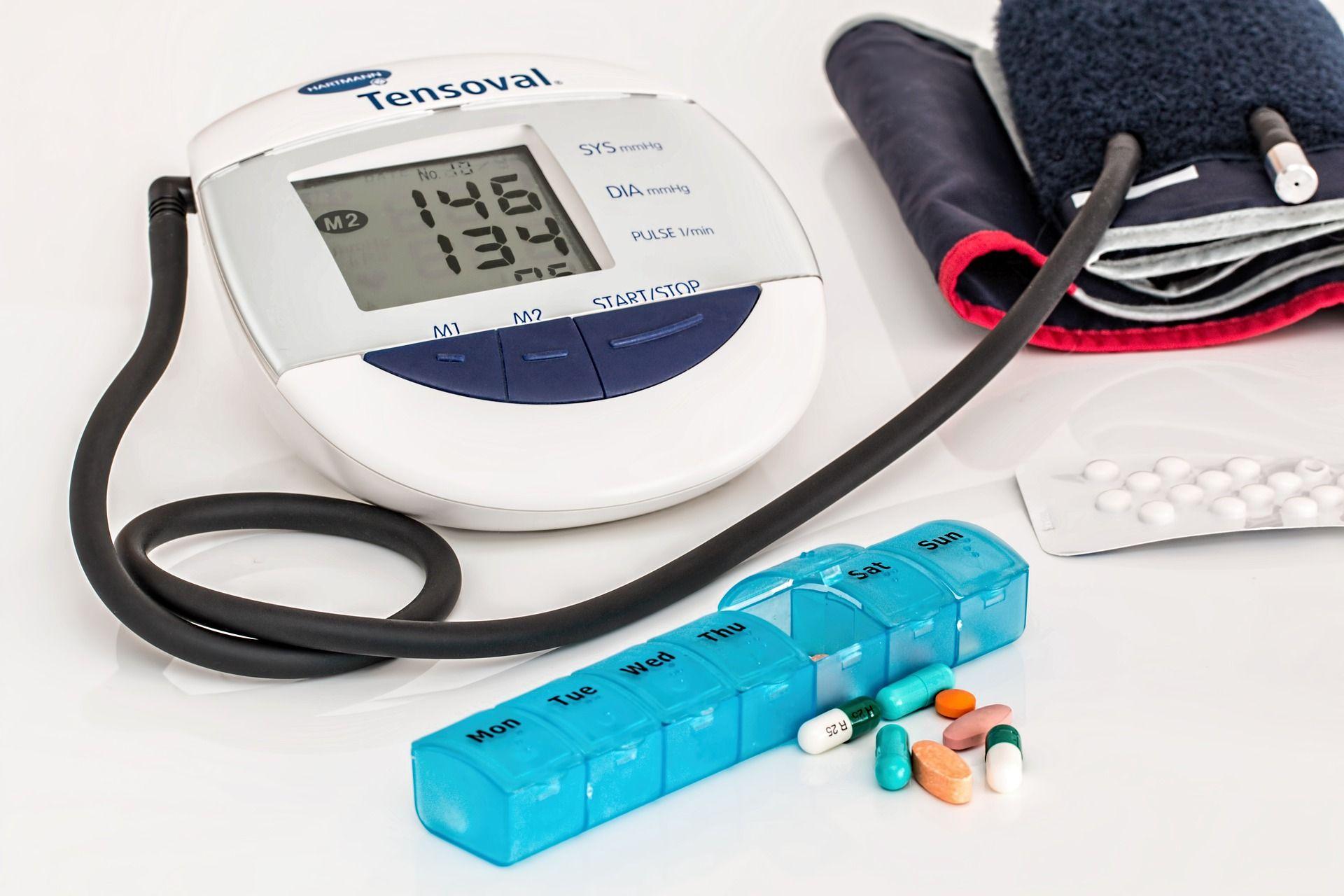
They are usually in the form of a smartwatch which continuously tracks blood pressure levels and keep them under control. Wearable blood pressure monitors can be a life saving devices for patients who suffer from hypertension.
ECG Monitors
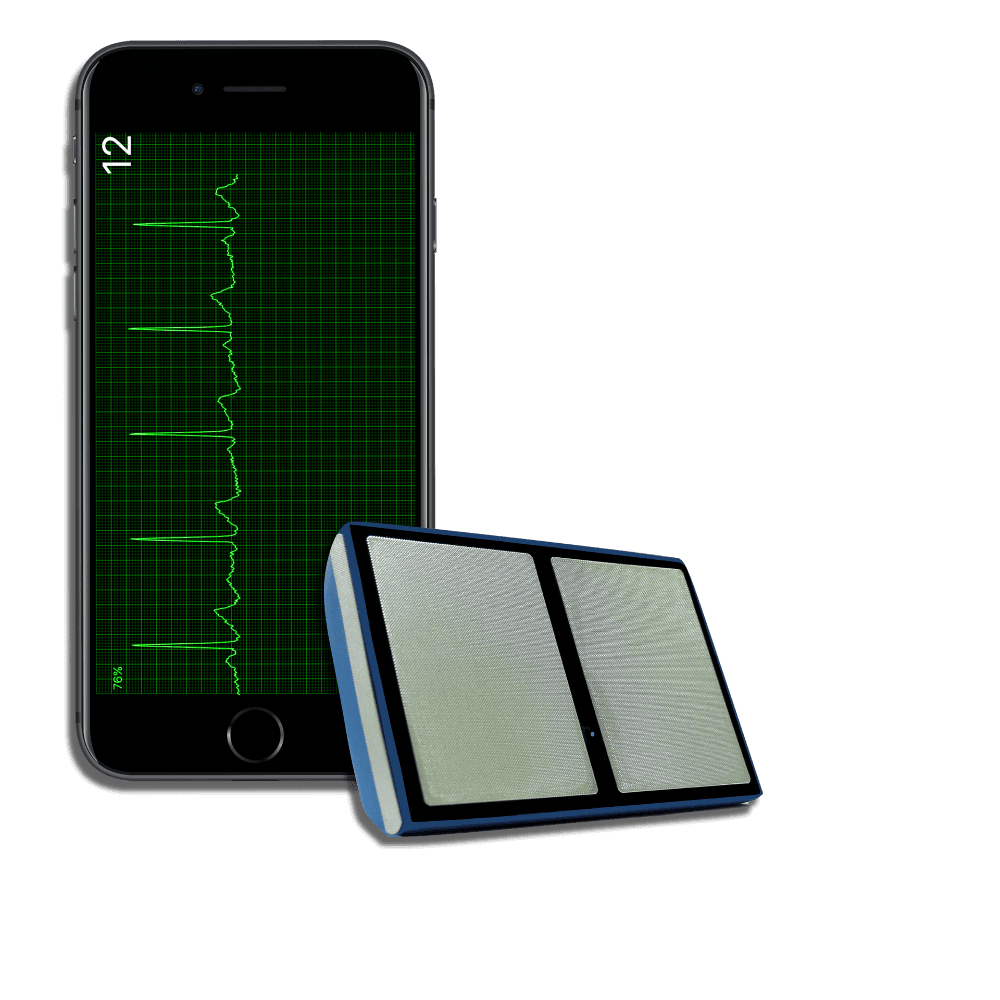
Device which allows you to monitor heart rate and instantly detect abnormalities. The results can be stored on the data collection device (e.g. your smartphone) and emailed to your doctor with the press of a button.
Biosensors
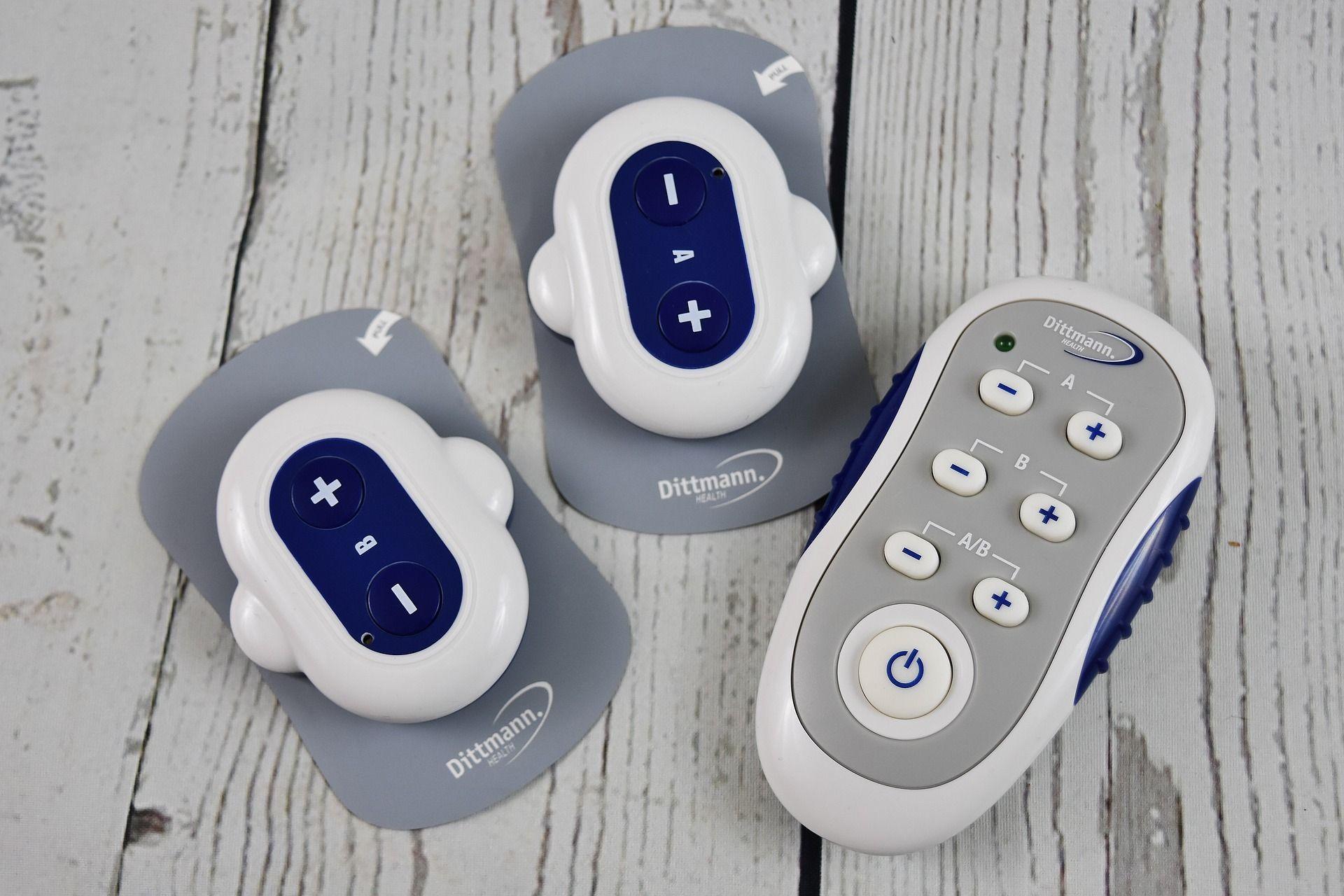
Biosensors can be in form of a self-adhesive patch that collect the patients' vital signs such as heart rate, respiratory rate, temperature as well as their physical activity. These devices not only help medical staff to deal with work overload but also have proved to be helpful with reduction of deterioration into cardiac or respiratory arrest.
Software Requirements for Wearable Medical Devices
Wearable devices combined with operating systems form a new kind of portable computer. Software development for wearable devices is a relatively new process, therefore, it has to be constantly developed and improved. Also, the software requirements and regulations for devices used for medical purposes are still being formed and modified. Due to the personalized character of wearable devices and the fact that they store the most private information about their users, developers of this kind of technology need to follow certain guidelines so that their product is not only effective but also ensure security of the data it stores.
Here are the features that the software of wearable technology should have:
- Uses Artificial Intelligence (AI) and machine learning to acquire information about the user and perform big data analysis;
- Privacy - need to provide the highest security standards
- Enable the user to restrict access to device and information stored on it;
- Interoperability with various devices and operating systems;
- Low energy consumption;
- Efficient database management system;
- Connectivity (e.g. WiFi, Bluetooth, NFC etc.); - airplane mode
- Clear and scalable layout;
- Continuous development.
Which Technology You Should Choose?
C++ - one of the most popular and versatile programming languages. It is widely used for development of medical technology development as well as IoT, machine learning and databases.
Java - it is a versatile programming language which allows to build localized and distributed software. It is commonly used for programming sensors, developing machine learning features and cloud-based applications.
Cloud Computing - technology which offers access to hosted services through the Internet without installing them on a device.
Own Programming Language - some companies have developed their authorial programming language which they use to build applications.
How to Design Software for Wearable Medical Devices?
Wearable devices are mobile computers that are expected to deliver user individualized services, therefore, software development for such machines includes use of various technologies which need to complement one another and co-operate smoothly with hardware. Layout and Here are the elements that need to be designed during software development:
Mobile App
The application that offers instant access to user's health results and allows to share them with medical facility.
Cloud Infrastructure
Wearable devices can be connected to the cloud which allows to store and transfer to different devices great amount of data.
Database and Data Analysis Features
Medical devices must have a place where all the data is stored and a system which provides user's health results analysis in order to recognize certain symptoms and predict consequences.
Health Tracking and Notification System Architecture
It is a system which collects, stores and monitors the patient's health and alerts the medical facility in case of deteriorating condition or medical emergency.
Internet of Medical Things (IoMT) Architecture
A framework which enables connectivity between the components of the device and its software.
Moreover, due to the highly personalized character of these devices and a range of features that it needs to provide, there are certain requirements that need to be taken int consideration while designing software for them.
Reliable and Secure Software
The basic part of software building process is choice of the appropriate technologies and security solution. Patients health and life often depend on proper functioning of a medical device, therefore its system needs to fulfill certain requirements:
- be compatible with various operating systems;
- be integrated with the system used by the medical facility;
- provide security of sensitive information.
Integrating Data Analytics and Machine Learning (ML)
Artificial Intelligence gives us countless opportunities to design a product that will meet the highest requirement regarding data analysis. Moreover, when we combine these features with Machine Learning possibilities, we can develop a system which not only monitors patient's condition in real time but also simplifies diagnosis, enables early prediction of medical conditions, provides decision support and helps to manage data. The constant data inflow allows the algorithm to learn about patients routines and their influence on their condition and based on this information allows to detect first warning signs of health deterioration.
Testing and Improvement
Testing and fixing the software is a crucial part of any software development. However, it is especially important in the case of medical devices. Such products need to undergo complex testing procedures which include:
Interoperability
Wearable devices designed for medical purposes need to meet a set of guidelines. One of the main requirements is interoperability of their software. Such a system not only needs to work well with various operating systems but also with the computer program of the medical facility. Therefore, interoperability testing is a must.
Usability
The usability testing aims at evaluating the product and its features from the perspective of its user. It is a broad system check which involves functionality, intuitiveness, users behavior, error occurrence, if the product meets expectations and provides positive user experience.
IoT Device testing
Designing a robust IoT device is a great challenge for software developers. The most important aspects of IoT device testing is to check connectivity, energy consumption and signal integrity.
Cybersecurity
Cybersecurity testing is a crucial part of developing software for devices intended to be used for medical purposes. During such testing, developers carry out cyberattack simulation in order to evaluate system resilience and prevent loss of users' private information.
The Role of User Experience (UX)
Positive user experience with using a particular product is important in many aspects. It encourages customers to use the device and makes them recommend it to others. Here are the most important UX components:
Useful - meets user's expectations.
Usable - easy to navigate and intuitive.
Valuable - brings real benefits to the users.
Accessible - the product is accessible to people with various disabilities.
Credible - providing secure solutions which users can trust.
Collaborating with Healthcare Professionals
Development of wearable medical technology needs to be performed in close collaboration with healthcare experts and it requires deep technical and medical knowledge. Only such partnership ensures development of a technologically advanced product which meets the needs of the medical staff. What is more, often the devices go through a set of clinical testing under supervision of healthcare professionals in order to ensure the product safety.
Compliance and Regulatory Requirements for Wearable Medical Devices
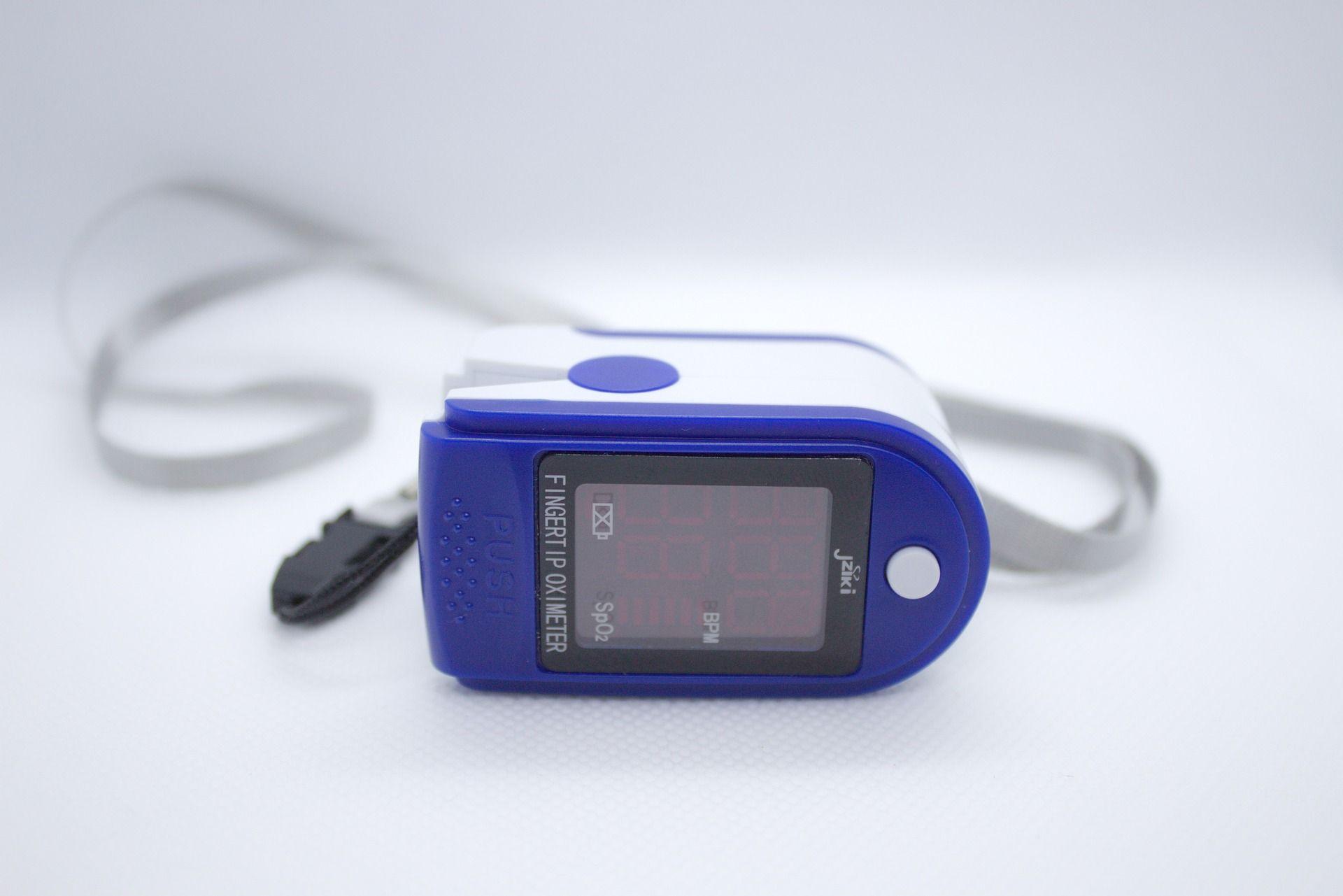
As wearable medical devices are still relatively new mechanisms, standards and regulations of their use are still being formed. Unfortunately, there are no uniform standards across the world and each country needs to form local legislation.
In general, medical devices must comply with certain regulations, such as guidelines on toxicology, level of radiofrequency radiation, safety standards, risk factors, connectivity between the device and the internet.
Additionally, the development of wearable technology in healthcare requires from the creators to take precautions approach towards use of personal and sensitive information. Users are concerned about their information privacy and want their product to meet the regulations in this matter so that their most personal data does not leak. Software developed for medical devices must minimize the risk of the possibility that patients' information leakage.
Future Trends in Wearable Medical Device Software Development
Technological advancement allows designers to build more complex devices offering a broad range of services. Development of wearable devices in the healthcare is expected to boom in the upcoming years. Due to the fact that such machines provide a personalized approach to health monitoring and they bring real value to the users, there is a lot of emphasis put on their development and improvement.
Obviously there are still many aspects of wearable technology that need development. However, with medicine advancement, possibilities of treatment of more illnesses and an aging population, there is a growing demand for modern healthcare solutions. The number of wearable technology in the healthcare industry is expected to rise so it is a perfect time to introduce such products into the market.

